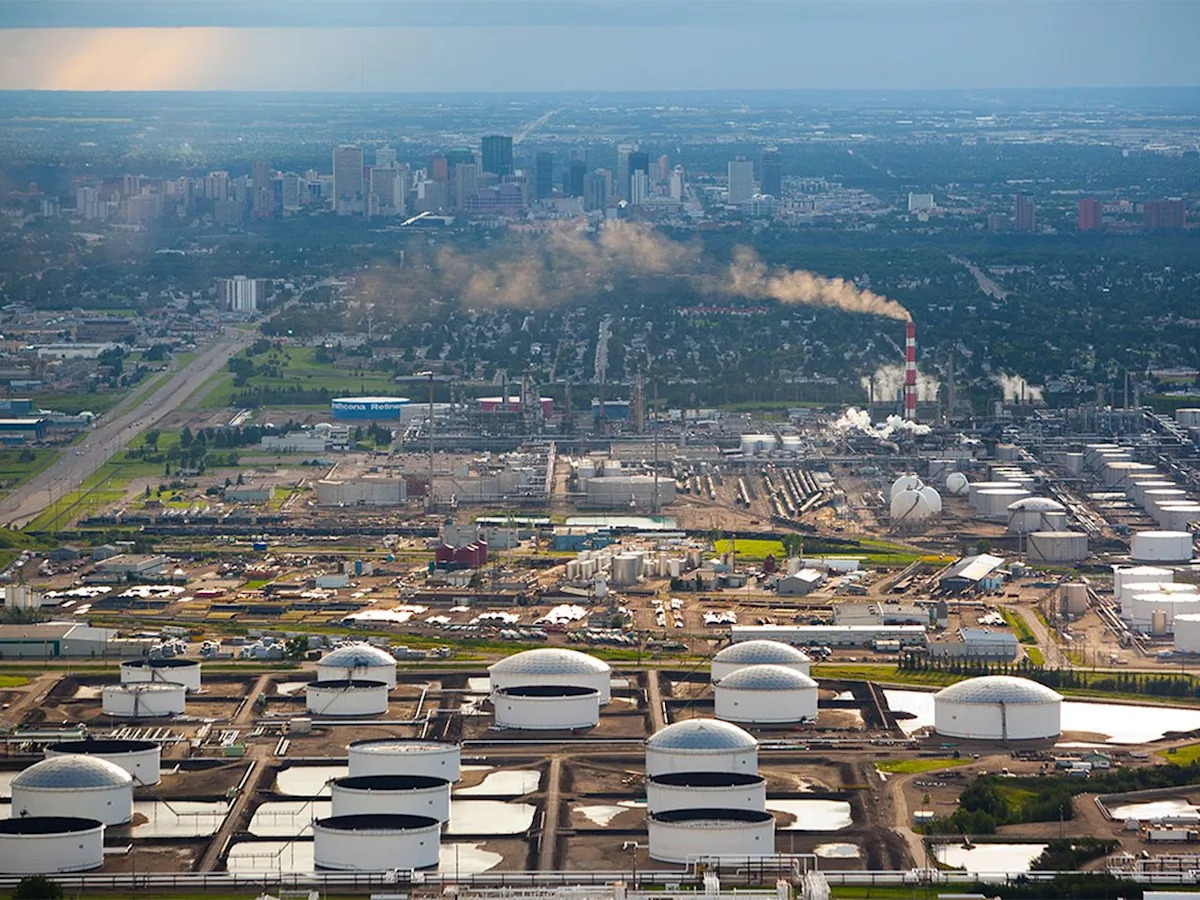A new outlook for the global energy sector outlines a scenario in which oil and gas demand continues to rise in the coming decades — if governments maintain current climate policies.
While it’s just one of several scenarios the International Energy Agency offers in its closely watched World Energy Outlook, analysts say it may have implications for how investors approach Canada’s oil and gas industry.
“Part of the challenge we’ve had over the last bunch of years is this narrative that oil is (not) going to be required in a decade,” Richard Masson, executive fellow at the University of Calgary’s School of Public Policy, said, adding it’s created uncertainty around investment.
In its latest outlook, the IEA offers three main scenarios. It shows what might happen to oil and gas demand if governments implemented climate policies they’ve promised, and what might play out if governments aim to reach net zero emissions by 2050.
A third scenario considers the impacts under current policies. The IEA has not provided this type of scenario examining less stringent climate policies in recent years, which has drawn criticism from the oil and gas industry and U.S. President Donald Trump’s administration.
This comes two years after the IEA published an analysis suggesting oil and gas demand could start to decline by the 2030s, in part due to government policies designed to slow the pace of climate change.
The report and others like it raised questions for the oil and gas industry in Canada and around the world. Oil companies are spending less than they did during the last major boom in the early 2010s. In the past decade, investors have become increasingly reluctant to back new oil and gas development — particularly projects that take years to build and require large upfront investments.
But the IEA’s decision to consider a stay-the-course scenario could prove to be a double-edged sword. In one sense, it may give the oil and gas industry reason to be more optimistic, as it raises the possibility that demand could continue to grow. For environmental groups, however, it considers the idea that the world may not move the needle enough on climate change.
For its part, the IEA says none of its scenarios is a forecast; rather, it lays out each possibility, allowing “readers to explore the implications of different choices and pathways.”
Some oil and gas analysts say the IEA’s inclusion of a status quo scenario opens the door for a wider range of possibilities to be explored and understood, which they say benefits investors and the public.

An aerial view of Kearl Oilsands Project which is owned by Imperial Oil and ExxonMobile Canada north of Fort McMurray, Alta. on June 18, 2013.
But Chris Severson-Baker, executive director of the environmental think-tank Pembina Institute, said the current policy scenario has always been incorrect and should serve as a “warning.”
“The assumption that the world is simply going to stop implementing new policies, and that technology and prices aren’t going to continue to evolve — has just never happened,” Severson-Baker said.
Demand for renewable energy, battery storage and electric vehicles is on the rise and will likely continue to climb in the coming decades, he said.
“We’ve really crossed over a threshold where the cost of these technologies has come down so much that economics are driving a lot of the energy transition,” Severson-Baker said.
Rory Johnston, founder of the Commodity Context newsletter, said the IEA’s range of scenarios will spark what he believes are necessary discussions about the possibilities, rather than just examining fairly aggressive climate mitigation towards net zero.
Johnston believes that including the current policy scenario could lead to more investment in oil and gas, but he doubts that companies in the industry are too concerned about the IEA’s outlook.
“But that’s not necessarily true to the same degree for their investors as well as their creditors,” Johnston said.
Masson said it’s encouraging for investment to see demand increasing in the medium term up until 2050 under the IEA’s current policies scenario — though not encouraging from a climate point of view.
“I don’t think anybody in the industry had illusions about the need for oil from the oilsands continuing for a long time, but investors were less certain,” Masson said.
Andrew Leach, an energy economist at the University of Alberta, said that people in the oil and gas sector — in Calgary and elsewhere — are “taking a bit of a victory lap,” seeing the reinstatement of a current policy scenario as an admission the IEA was wrong about the future of oil demand.
“I don’t actually think (the IEA) are,” Leach said. “They’re running a scenario that wasn’t in their previous reports.”
“They’re a little bit more bullish on oil in the stated policies scenario, but their net zero world for oil remains basically the same,” Leach added.
Overall, based on the outlook, Leach said that as the world acts more aggressively on climate change, it will use fewer fossil fuels — the single largest contributor to emissions.
“This shouldn’t surprise anybody,” Leach said. “There’s nobody in the C suites in Calgary or in Toronto or what have you that believes the world can meet net zero while increasing oil consumption.”
As for which scenario the world might land on, Masson said, “The whole point is who knows? We will be somewhere between the bookends.”
